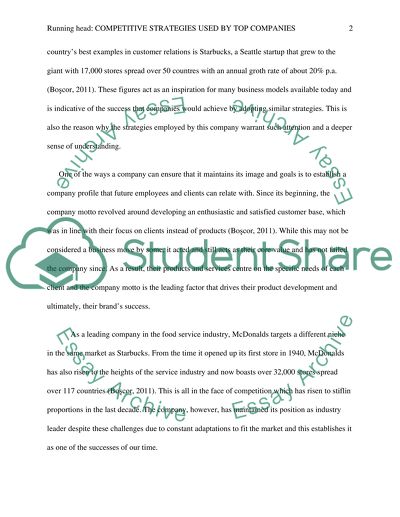Cite this document
(“Competitive Strategies used by top companies Term Paper”, n.d.)
Competitive Strategies used by top companies Term Paper. Retrieved from https://studentshare.org/marketing/1482336-competitive-strategies-used-by-top-companies
Competitive Strategies used by top companies Term Paper. Retrieved from https://studentshare.org/marketing/1482336-competitive-strategies-used-by-top-companies
(Competitive Strategies Used by Top Companies Term Paper)
Competitive Strategies Used by Top Companies Term Paper. https://studentshare.org/marketing/1482336-competitive-strategies-used-by-top-companies.
Competitive Strategies Used by Top Companies Term Paper. https://studentshare.org/marketing/1482336-competitive-strategies-used-by-top-companies.
“Competitive Strategies Used by Top Companies Term Paper”, n.d. https://studentshare.org/marketing/1482336-competitive-strategies-used-by-top-companies.


